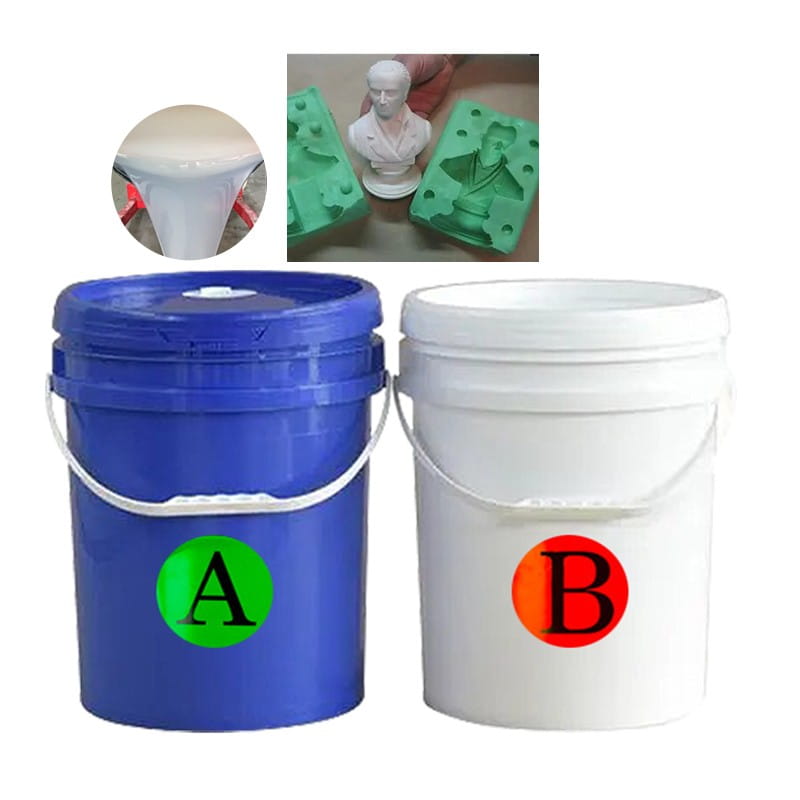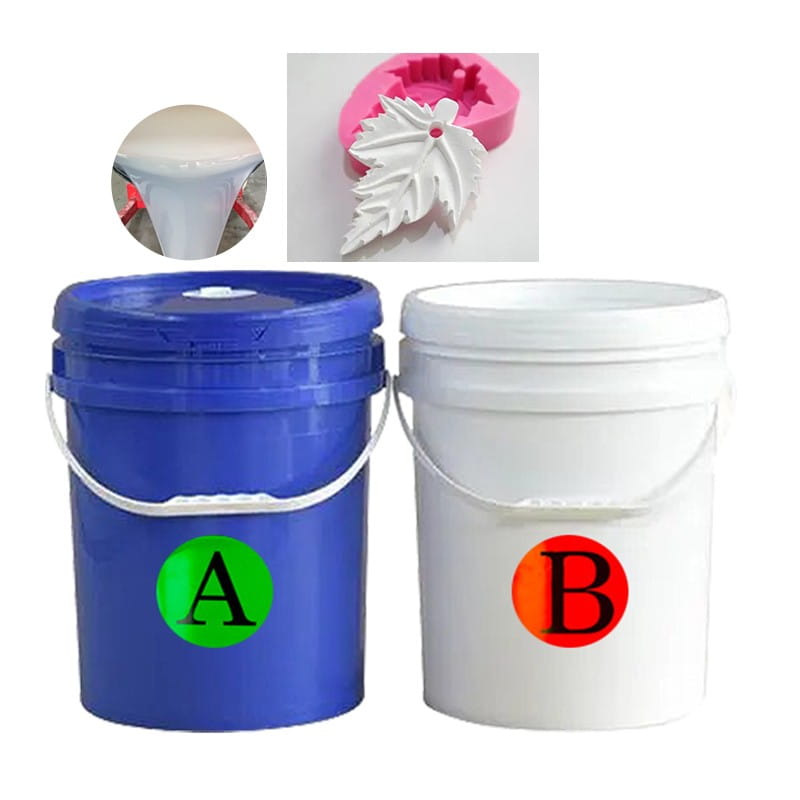How to remove bubbles from silicone molds without a vacuum machine
 Feb 22,2024
Feb 22,2024

 Hanast
Hanast
I believe many people want to know how to remove bubbles from RTV-2 mold silicone without a vacuum machine. We know that in the process of using silicone molds, AB glue needs to be mixed and stirred evenly in a ratio of 100:2. During the mixing and stirring process, there will definitely be bubbles, which cannot be avoided. That's why people use vacuum machines for exhaust bubble treatment. For those customers who do not have a vacuum machine, how should they perform exhaust bubbles, The editor has summarized the following methods for your reference and learning:
Method 1: Stir and stir the RTV-2 mold silicone in one direction, and let it stand for a period of time after stirring, allowing the bubbles to float on their own and naturally eliminate them.
Method 2: When pouring the glue into the mold, try to let the liquid silicone gel flow slowly in a filamentous shape. This can eliminate bubbles while pouring the glue. After pouring, the bubbles that float on the surface can be punctured one by one with a toothpick.
Method 3: The ratio of silicone gel to curing agent is 100:2, and we can reduce it to 100:1.2~1.5. By controlling the ratio of silicone gel to curing agent in the RTV-2 mold, we can extend its curing time, allowing the bubbles to naturally take longer. As the curing time increases, there is enough time for the bubbles to slowly discharge.
Method 4: Add an appropriate amount of defoamer to the silicone gel of the RTV-2 mold, which helps to expel bubbles
Method 5: Some customer operators may add silicone oil to dilute the RTV-2 mold silicone during the operation process to increase the fluidity of the liquid silicone and facilitate the elimination of bubbles (low viscosity silicone is easier to exhaust bubbles).
Here, HANAST Silicone recommends that the amount of silicone oil added should not exceed 5%, as excessive addition of silicone oil can damage the molecular weight of silicone, resulting in silicone molds that are not resistant to acid, alkali, and aging.




 Home
Home


 Can human liquid silicone be used to create a simulated mask?
Can human liquid silicone be used to create a simulated mask?  You May Also Like
You May Also Like







 Tel
Tel
 Email
Email
 Address
Address












